Houseplant expert warns to keep these 6 plants away from each other – here's why they don't make good companions and what to pair together instead
You always need to consider growing requirements when choosing indoor plants to grow together
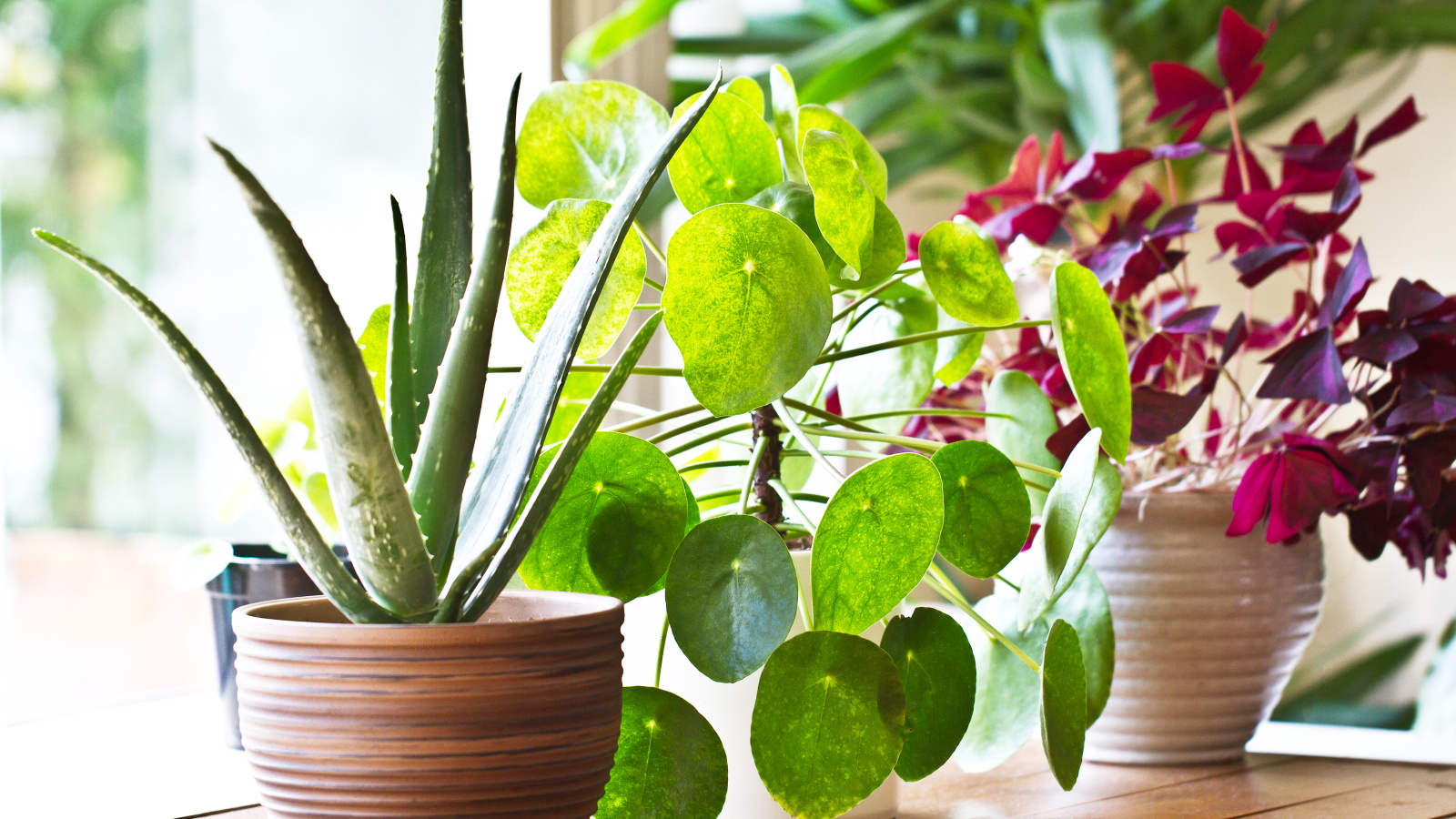
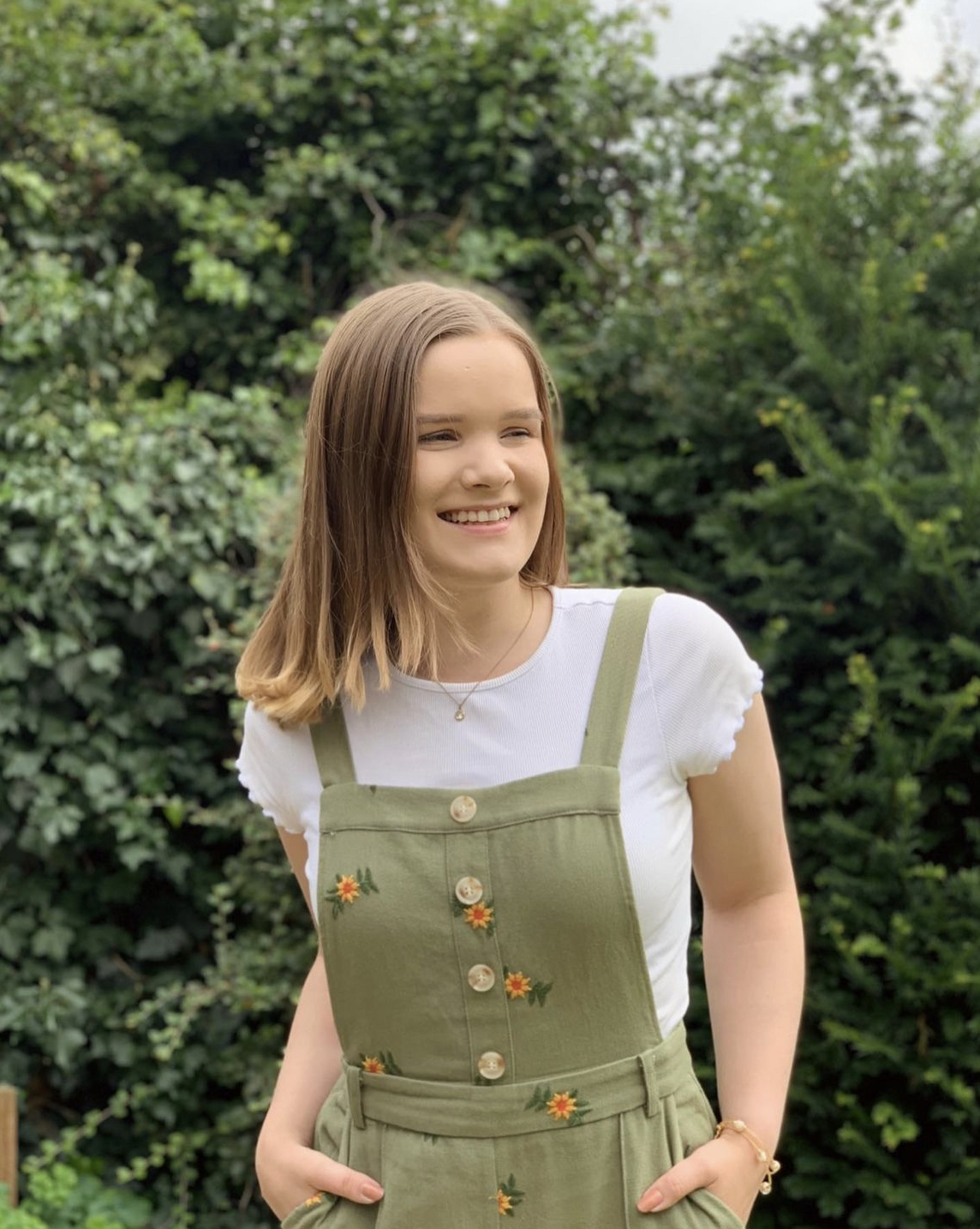
With over 20 different types of houseplants in my ever-growing collection, I'm very familiar with the task of rearranging plants until you find the perfect way to display them. Part of this includes pairing plants that not only work together aesthetically, but also support each other's growth.
Plenty of trial and error is required because styling your houseplants wrong could have detrimental impacts. For example, placing two plants susceptible to the same common houseplant pests could result in a fast spread through your entire houseplant collection. Or, you might pair two plants with completely different ideal growing environments, resulting in one thriving in a particularly sunny spot and another wilting from too much sun exposure, for instance.
It can take some time to figure these things out and you might find you're placing plants together for a week at a time to see how they get on. To save you some time and effort, I've spoken to a houseplant expert to find out which houseplants you should keep away from each other and why. Here are the pairings they picked out.
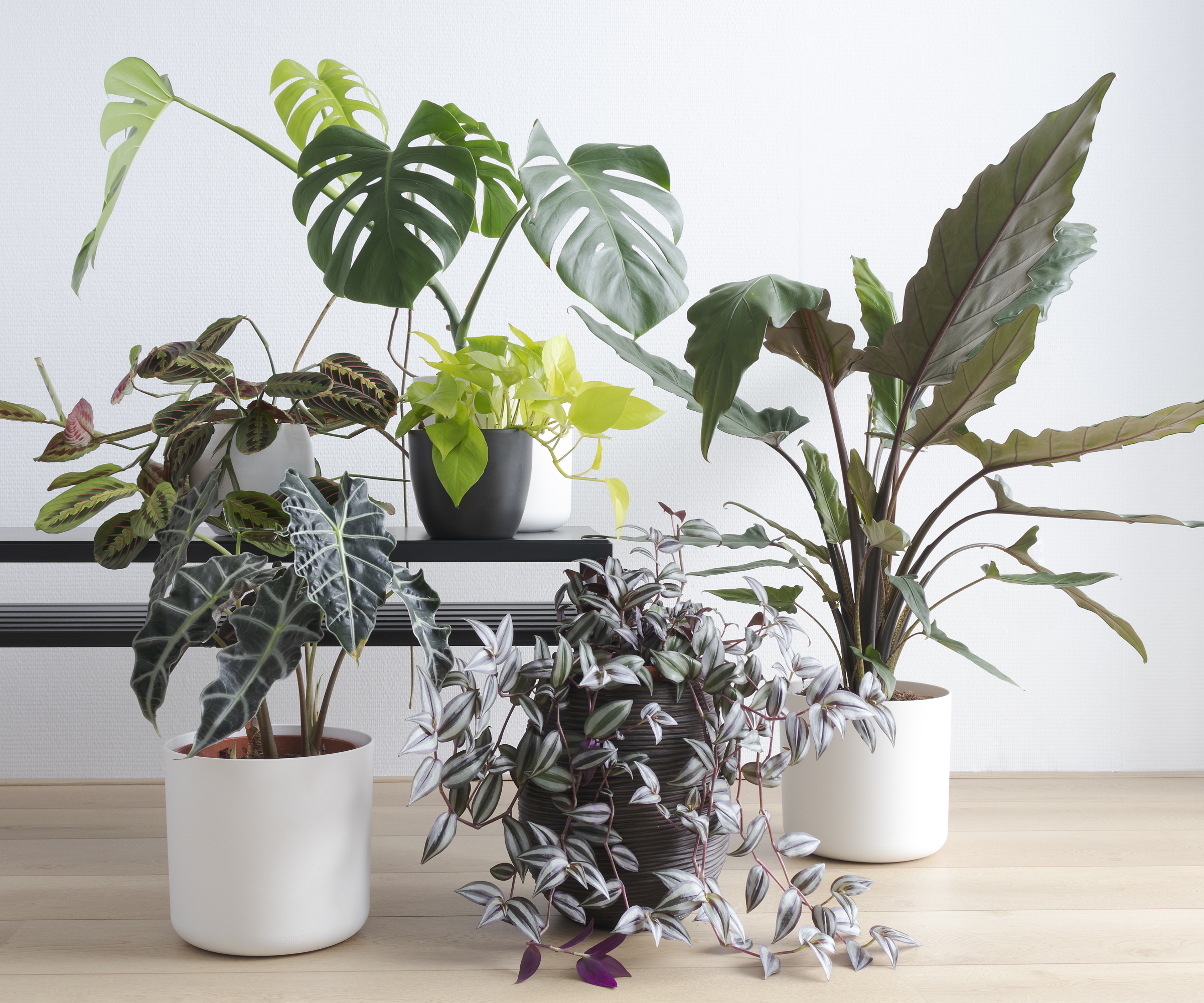
3 houseplant pairings to avoid
'The main reasons that certain plant pairings would need to be kept away from each other would be different temperature, lighting and humidity needs,' explains Julie Bawden-Davis, indoor plant expert at Healthy Houseplants. 'For example, plants that require dry air and high light would not grow well next to plants that prefer medium light and humidity,' she adds.
Here, Julie shares three houseplant pairs to avoid if you want indoor plant growing success.
1. Succulents and ferns
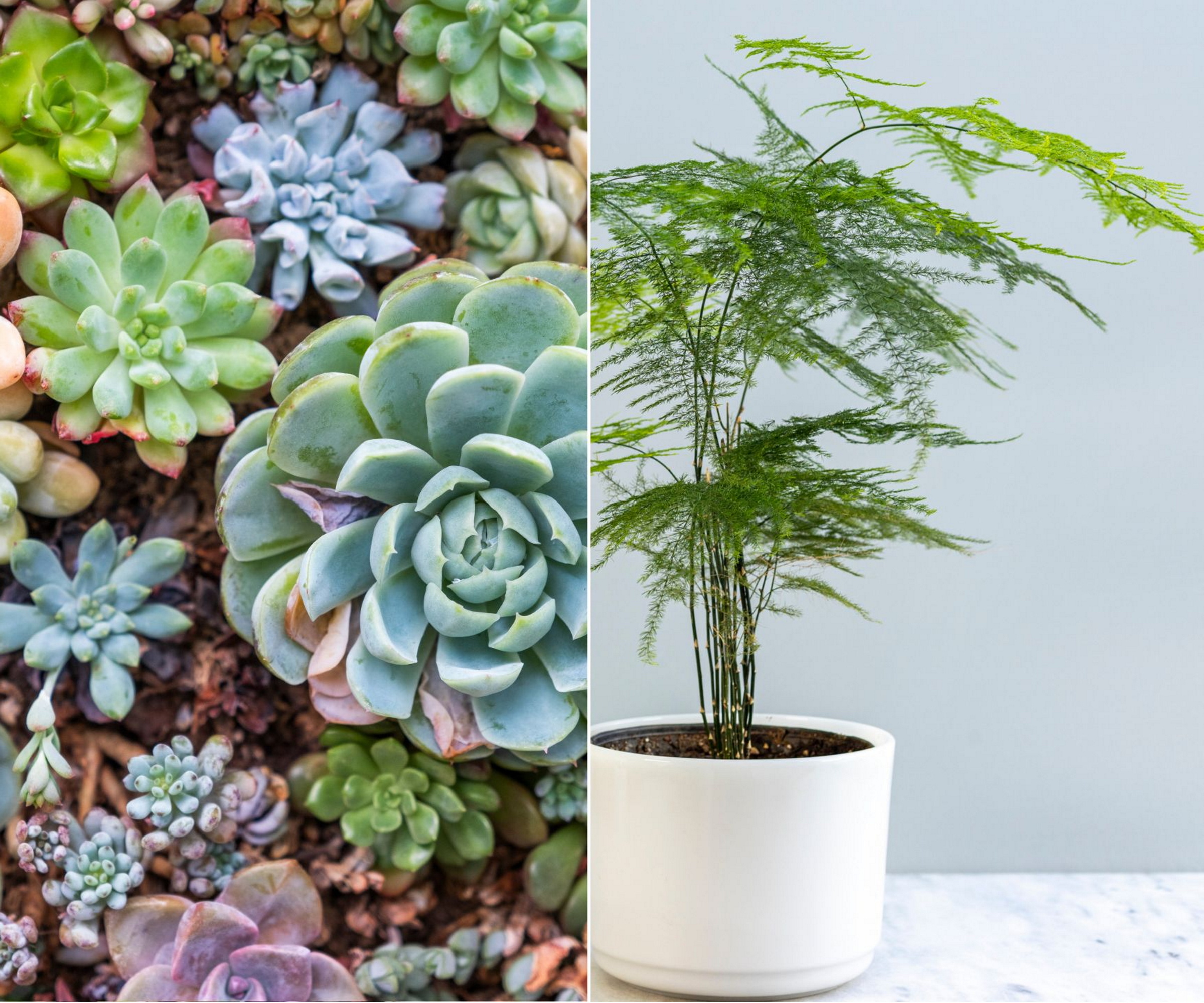
With so many types of indoor succulents and ferns to grow indoors, it isn't uncommon for these equally beautiful plants to find themselves next to each other in a home. However, even though the contrasting sturdy foliage of succulents and soft fronds of fern can create a dynamic duo at first glance, Julie warns they are actually two houseplants you should keep away from each other.
'Succulents require dry air and infrequent watering, as well as high light, while ferns require medium light, frequent watering and humid conditions,' Julie explains.
'They won’t necessarily cause harm to each other, but the surrounding conditions will cause harm to them,' Julie adds.
For example, ferns make excellent bathroom plants where they can soak up higher humidity levels. However, keeping succulents in this level of humidity is a succulent mistake that causes the foliage to go mushy and can cause houseplant root rot.
Instead, try pairing succulents with other houseplants for low humidity, such as a ponytail palm which has curved foliage similar to the silhouette of a fern. Likewise, ferns will do well with other humidity-lovers, like the best types of orchids.
You can also use this humidity meter from Amazon to keep track of the humidity levels in your rooms and choose plants accordingly.

Julie Bawden-Davis is a garden author and University of California Certified Master Gardener, who has written several gardening books, including Indoor Gardening The Organic Way. In addition to running HealthyHouseplants.com, she shares indoor gardening advice on her YouTube channel @HealthyHouseplants.
2. Begonias and peace lilies
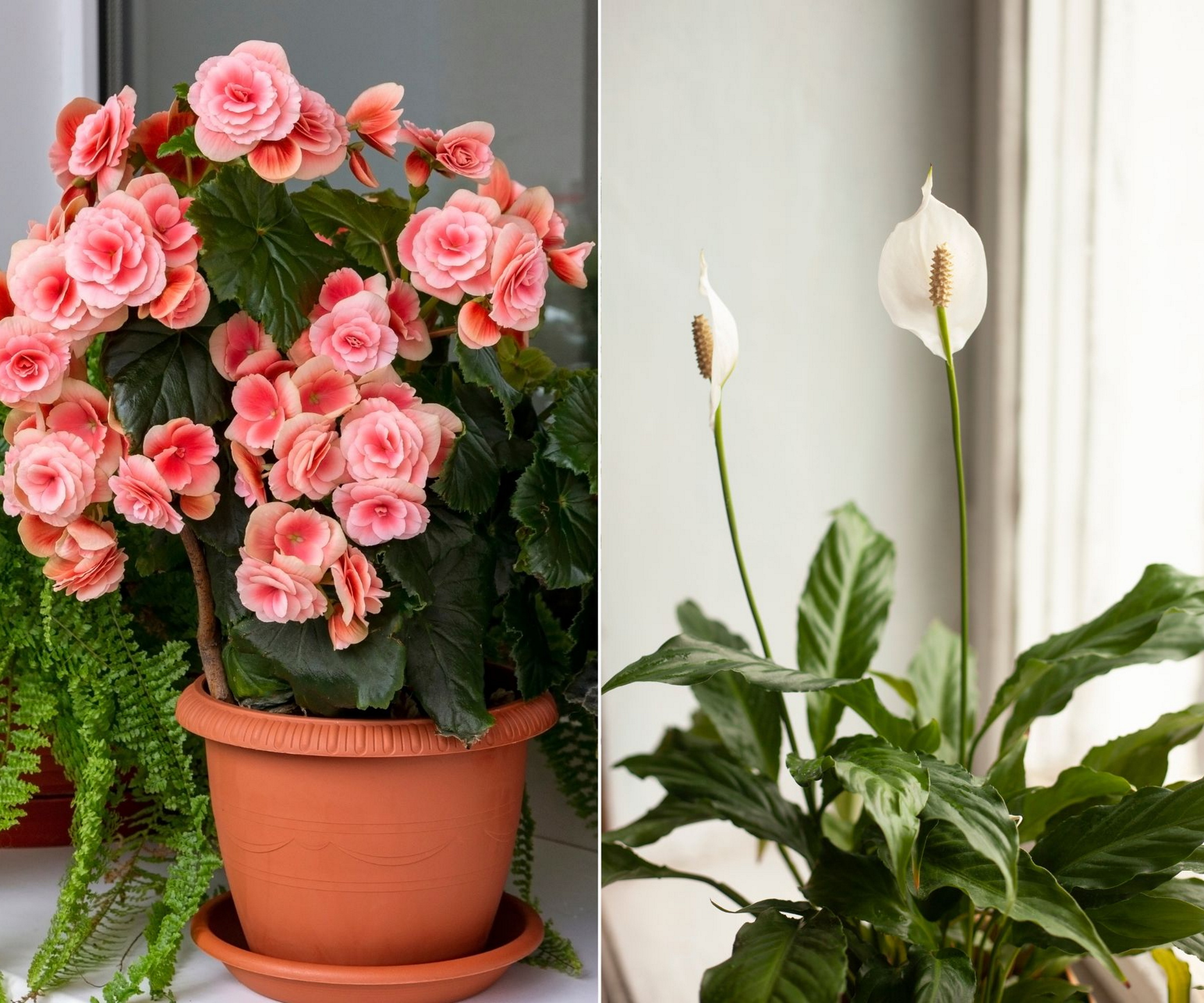
There's no denying creating a colorful display of the best indoor flowering plants will create impact in your indoor garden. But, curating this showcase takes some careful consideration, as not all flowering houseplants should be grown in the same space of your home.
'Though both begonias and peace lilies flower, they require different light conditions to do so,' Julie says. 'Peace lilies require medium to low light to flower and will not flower when conditions are too bright. Meanwhile, begonias require bright light to flower and won’t do so if conditions are too dark,' she explains.
You won't achieve the impact of a flowering display by placing these blooms together. It will leave you with one plant showing off a dazzling display and another staying leafy.
Although, once you do find an ideal spot for each of these houseplants, you can keep begonias flowering and keep peace lilies flowering by providing similar care. For example, deadheading indoor flowering plants once their fades bloom will encourage new growth and returning blooms.
Alternative pairings include placing a peace lily with an anthurium. Both have a similar appearance, with the spathes of anthuriums being reminiscent of peace lily blooms, and they require similar light levels. For begonias, try African violets (from Walmart). These gorgeous blooms also require bright light to thrive, making this an ideal pair for an indoor flowering windowsill.
3. Caladium lindenii and aspidistra
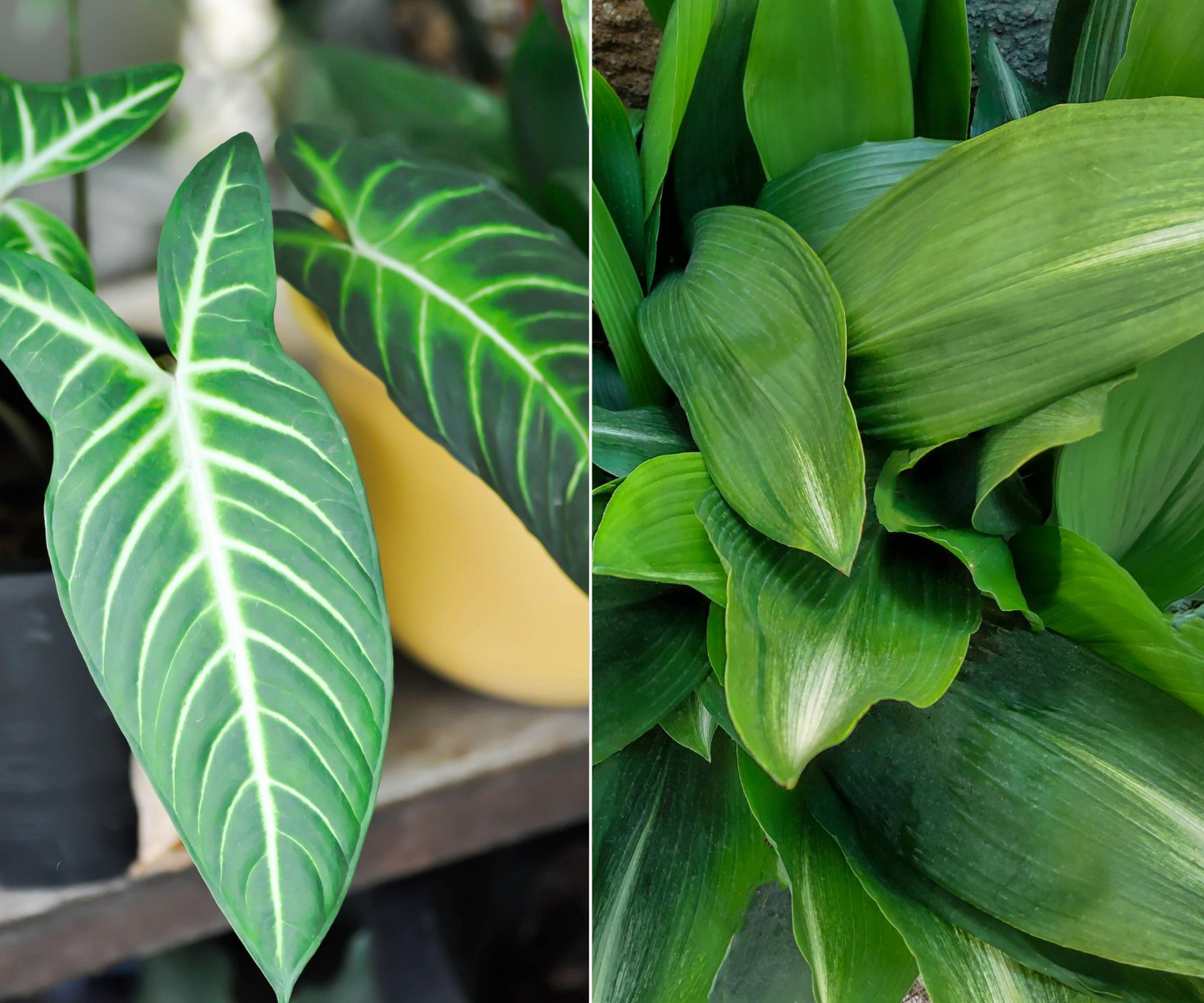
There are cold-tolerant houseplants and indoor plants for direct sunlight and the two don't often go together. This is because one prefers a cooler environment, while the other will respond by drooping and wilting to the cold. This is what makes Caladium lindenii and aspidistra two houseplants you should keep away from each other.
'Caladium lindenii requires warm temperatures to thrive while cast-iron plant requires cooler temperatures,' Julie notes. 'Put these plants together and there is going to be one unhappy plant, depending on the temperature,' she adds.
Ideal temperatures for Caladium lindenii are between 65°F and 85°F, while aspidistra prefers no higher than 75°F. In too-cold temperatures, you'll watch Caladium lindenii wilt, discolor, and potentially drop leaves. Meanwhile, aspidistras are likely to experience leaf scorch and shrivel from dehydration in too much heat.
Another issue that can arise from this pairing is a spread of pests: 'Plants grown in less-than-ideal conditions are more likely to succumb to pests and diseases, and those pests and diseases can spread to surrounding plants - even those that are growing in the ideal conditions and are healthy,' Julie explains.
Ensuring plants are growing in the right conditions and regularly cleaning houseplant leaves with water and microfibre cloths (from Amazon) can prevent the spread of pests.
Snake plants are a good alternative to pair with an aspidistra. They require similar temperatures and can tolerate lower light, just like aspidistras. Plus, it provides the strong leaf structure you may be seeking in Caladium lindenii, which is better paired with other houseplants with dark foliage like a rubber plant.
FAQs
Are any houseplants toxic to each other?
No, houseplants do not tend to be toxic towards each other. However, some plants do release chemicals that may impact the growing environment of neighboring plants - this is known as allelopathy.
The best way to avoid this is by always pairing together houseplants that have similar needs and growing requirements. This will also reduce the likelihood of plants becoming susceptible to pests and diseases by ensuring they're growing in the right environment.
'It's helpful to look for plants that can withstand a wide range of lighting, temperature, and humidity needs for best results,' Julie advises. 'For example, pothos and philodendron are both plants that can grow in medium-low to bright light and still do well,' she adds.
Luckily, there are plenty of easy indoor plants and low-maintenance indoor plants to choose from that can grow and thrive in a number of home growing conditions.
Sign up to the Homes & Gardens newsletter
Design expertise in your inbox – from inspiring decorating ideas and beautiful celebrity homes to practical gardening advice and shopping round-ups.

Tenielle is a Gardens News Writer at Homes & Gardens. She holds a qualification in MA Magazine Journalism and has over six years of journalistic experience. Before coming to Homes & Gardens, Tenielle was in the editorial department at the Royal Horticultural Society and worked on The Garden magazine. As our in-house houseplant expert, Tenielle writes on a range of solutions to houseplant problems, as well as other 'how to' guides, inspiring garden projects, and the latest gardening news. When she isn't writing, Tenielle can be found propagating her ever-growing collection of indoor plants, helping others overcome common houseplant pests and diseases, volunteering at a local gardening club, and attending gardening workshops, like a composting masterclass.
You must confirm your public display name before commenting
Please logout and then login again, you will then be prompted to enter your display name.
-
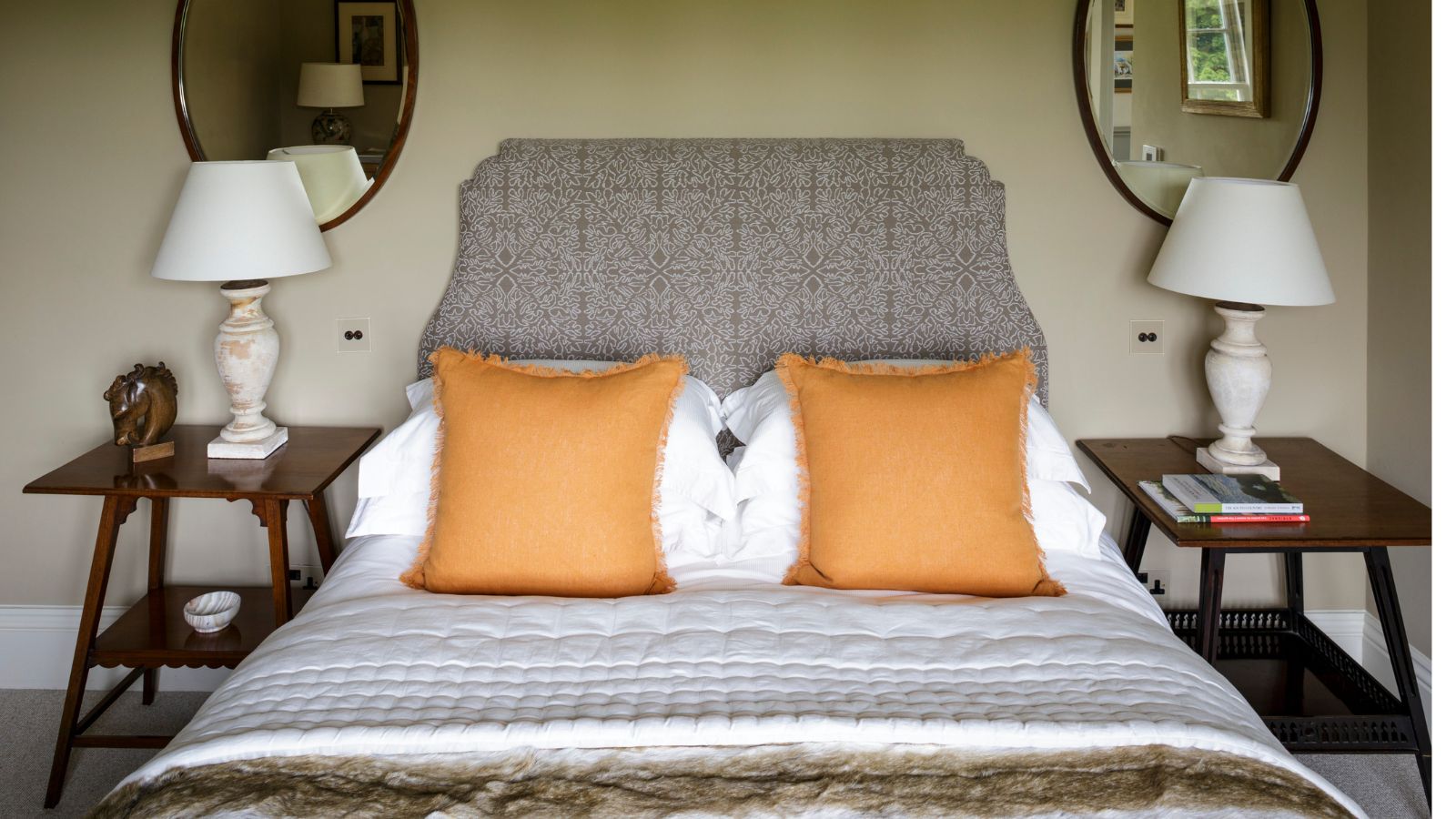 5 surprisingly practical ways to re-purpose old bed sheets for cleaning, decluttering and storage at home
5 surprisingly practical ways to re-purpose old bed sheets for cleaning, decluttering and storage at homeDon't ditch worn-out bedding – there's life in them yet
By Natasha Brinsmead
-
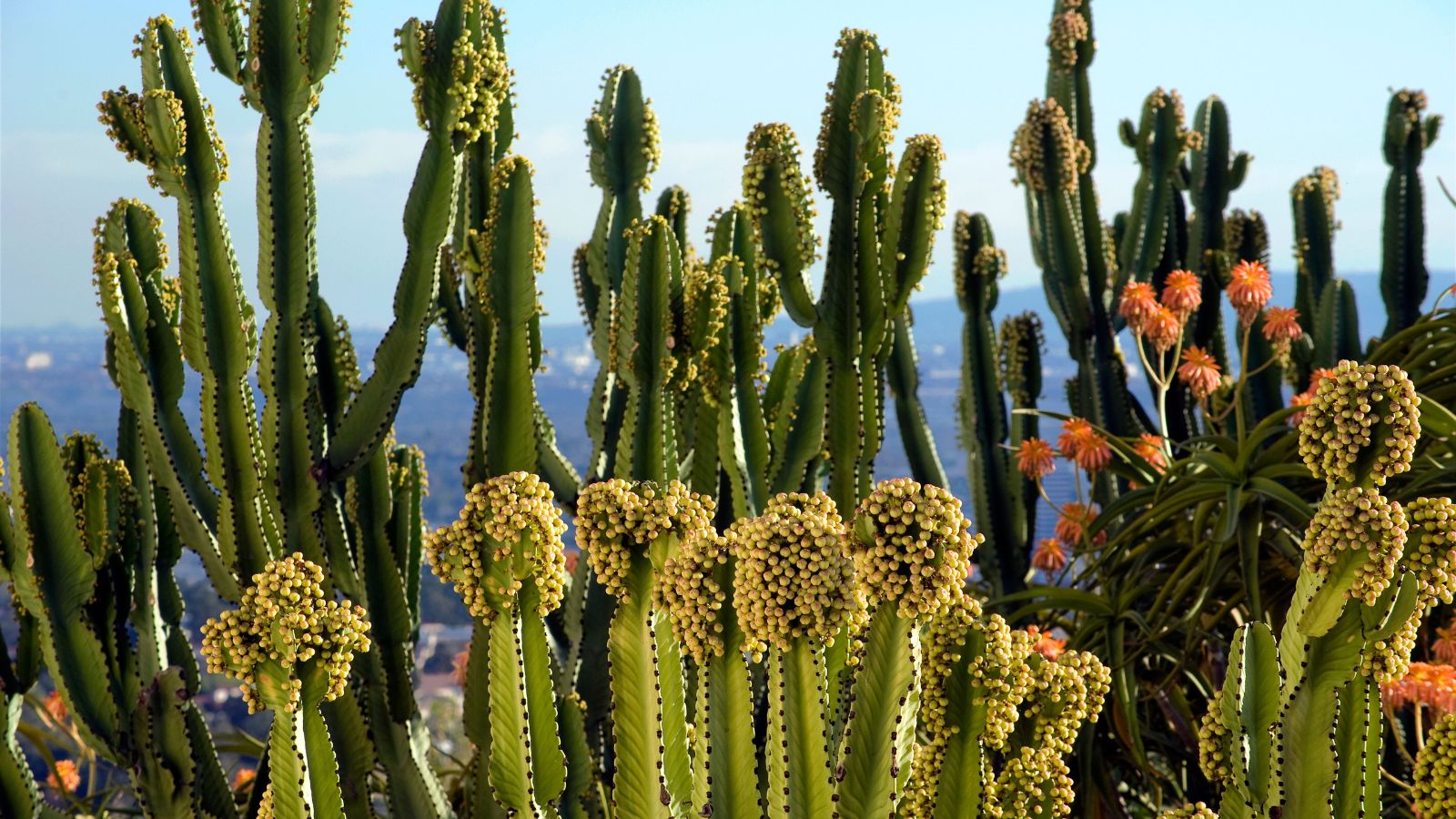 How to grow a cactus from seed – 6 easy, expert-approved steps for succulent success this year
How to grow a cactus from seed – 6 easy, expert-approved steps for succulent success this yearIf you love succulents, why not learn how to grow a cactus from seed this year?
By Lola Houlton